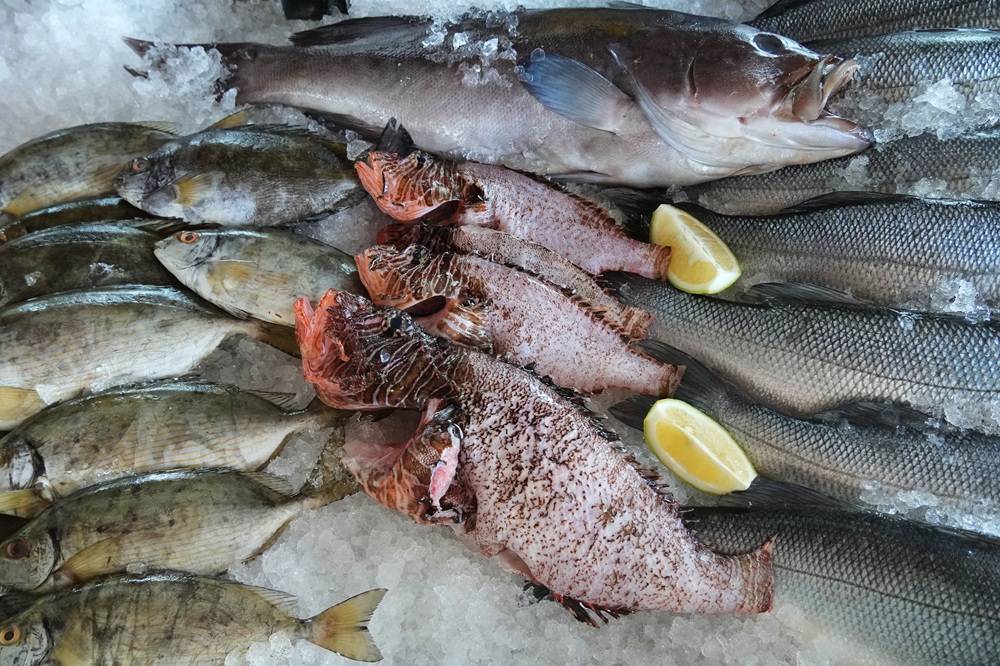The 10th edition of the Sharjah Calligraphy Biennial has kicked off. It various events are held in the Calligraphy Square in the heart of Sharjah, the Sharjah Arts Museum, the House of Wisdom, and the Sharjah University.
The event runs until November 30.
Mohammed al-Qaseer, director of Cultural Affairs at the Department of Culture in Sharjah and director of the Sharjah Calligraphy Biennial, revealed the details of the Biennial’s 10th edition held under the patronage of Sultan bin Muhammad Al-Qasimi, ruler of the Emirate of Sharjah and member of the Federal Supreme Council of the United Arab Emirates, with the participation of 718 works and 213 artists from around the world.
The event also sponsors 219 activities including exhibitions, workshops, lectures, and symposiums hosted by the culture department in collaboration with over 20 associations in Sharjah.
The announcement was made during a press event held at the culture department, attended by Abdullah Al-Owais, chair of the Sharjah Department of Culture, participating artists, and media personalities from around the world.
In his keynote, al-Qaseer said the Biennial “lay the foundations for calligraphy. The 10th edition is a global event held in Sharjah, which has become an artistic and cultural hub for many creatives around the world,” adding that “under the theme ‘Progress’, the Biennial is looking for new content and renewed creative proposals.
The theme refers to the progress of idea first, then the consistency of performance. Every artistic work starts with an idea and ends with an arrangement that was prepared with professional performance and mastery. This is why artists from around the world familiarize the spirit of the Arabic calligraphy, and each one of them uses their own judgement, culture, and approach of this aesthetic, cultural, and historic heritage.”
Al-Qaseer promised the audience 219 activities including exhibitions, workshops, lectures, and symposiums hosted by the culture department in collaboration with over 20 associations in Sharjah.
The activities include 29 exhibitions held by 231 artists from 27 countries including the UAE, Saudi Arabia, Kuwait, Iraq, Syria, Egypt, Algeria, Canada, Türkiye, Jordan, India, Pakistan, Libya, Iran, Indonesia, Tunisia, Comoros, Japan, and Norway.
Within the two coming months, the artists will present over 718 works including arrangements, crafts, murals, and paintings featuring the authentic Arabic calligraphy, Islamic decoration, and modern and contemporary calligraphies. Artists and professors specialized in calligraphy, will participate in 156 workshops.
On the theoretical level, the Biennial will see 15 lectures that shed lights on the developments of the Arabic calligraphy, like “Progress of Emirati Art Again” by Khaled al-Jallaf, and “Characteristics of the Diwani School” by Ahmed Fathi. The event also includes a symposium themed “Arabic Calligraphy: Cities and History”.
The 10th edition of the Sharjah Calligraphy Biennial brings together 180 guests including media figures, lecturers, calligraphers, and workshop supervisor from different countries.










